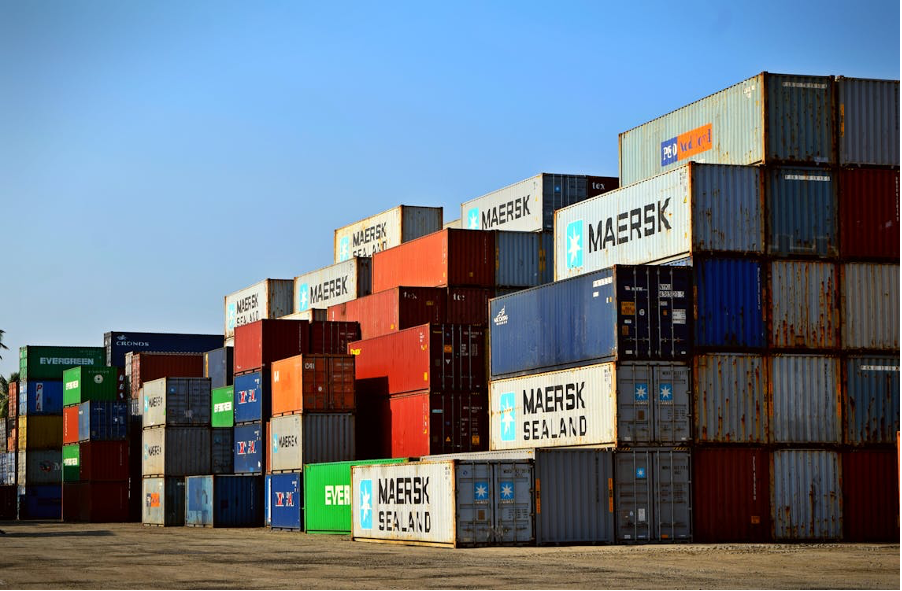Building Efficient Container Terminals with Precast Concrete
Container terminals are crucial to global trade and logistics. Thus, innovative sustainability and efficiency solutions are important. Prefaced concrete is becoming popular in this business since it addresses terminal operations’ challenges. Its durability and strength are ideal for port operations’ high loads and harsh conditions. Precast components speed up the construction process, allowing terminals to start functioning faster while maintaining quality. Precast concrete satisfies present operational demands and allows for future improvements as container handling needs rise.
Benefits of using precast concrete in container terminal construction
For building container terminals, prefabricated concrete presents many advantages that improve sustainability and efficiency. For instance, JP Concrete offers strong and long-lasting precast parts that can resist the large loads and demanding environmental conditions normal for port operations. Precast component fast assembly greatly lowers building time, enabling terminals to start operating faster and guarantee good quality control during manufacturing. Greater dependability and consistency in the resultant construction follow from this. Precast concrete’s modular character enables adaptable design, allowing terminals to fit changing operational needs without costly repairs.
Design considerations for efficient container terminals
The maximum operational efficiency of container terminals depends on the design. Important factors include maximising the layout to provide seamless traffic movement for containers and cars and reducing congestion during peak operations. Including cutting-edge technologies like real-time tracking and automated stacking systems helps freight management and speeds turn-around. Furthermore, because demand for container handling could grow over time, providing enough area for future development is essential. Furthermore, helping to create a more environmentally friendly terminal and enhancing the general working conditions for staff are sustainable measures, including integrating green areas and using energy-efficient lighting.
Construction process of precast concrete container terminals
The precast concrete construction of container terminals follows a systematic strategy, simplifying the building process. First of all, thorough design and planning are crucial to guarantee that every element meets the particular needs of the terminal. Precast components are produced off-site under controlled circumstances after the plans are completed, improving quality and cutting on-site building times. These parts are transported to the terminal site for assembly after manufacture. Using cranes and specialist tools helps erect walls, slabs, and other structural parts quickly, enabling quick development from ground level to operational ready. This approach guarantees a safer workplace during building and minimises disturbance to nearby regions.
Maintenance and longevity of precast concrete container terminals
Maintaining and inspecting precast concrete container terminals extends its lifespan. Although precast materials are naturally resilient and unlikely to cause structural damage, frequent inspections are necessary to detect wear and damage from high operational demand. A proper maintenance program may extend terminal infrastructure life via cleaning, joint sealing, and minor repairs. Premium materials and coatings improve moisture and corrosion resistance. Terminal operators must prioritise maintenance to ensure continuous operation and prevent costly downtime, protecting their investment.
Using precast concrete to create container terminals improves port operations’ general sustainability and efficiency in addition to simplifying the building process. Precast concrete is the perfect solution for satisfying the changing needs of container handling because of its durability, quick installation, and design freedom. Terminal operators can build a strong infrastructure that supports higher cargo volumes while reducing environmental impact by providing effective design and proactive maintenance and integrating innovative technology as the priority. In a competitive worldwide market, precast concrete’s strategic application helps container ports to be operationally excellent and long-term successful.



